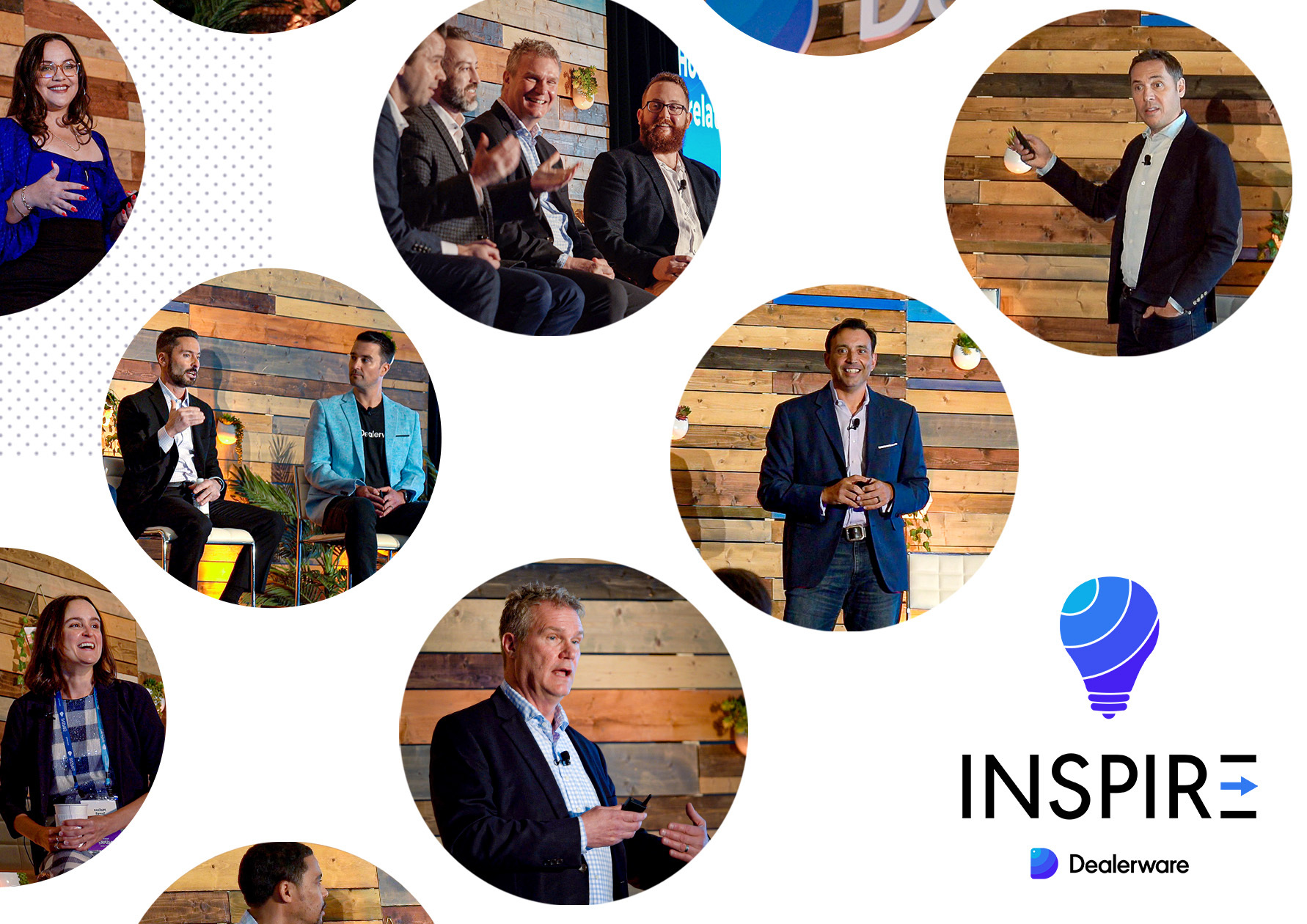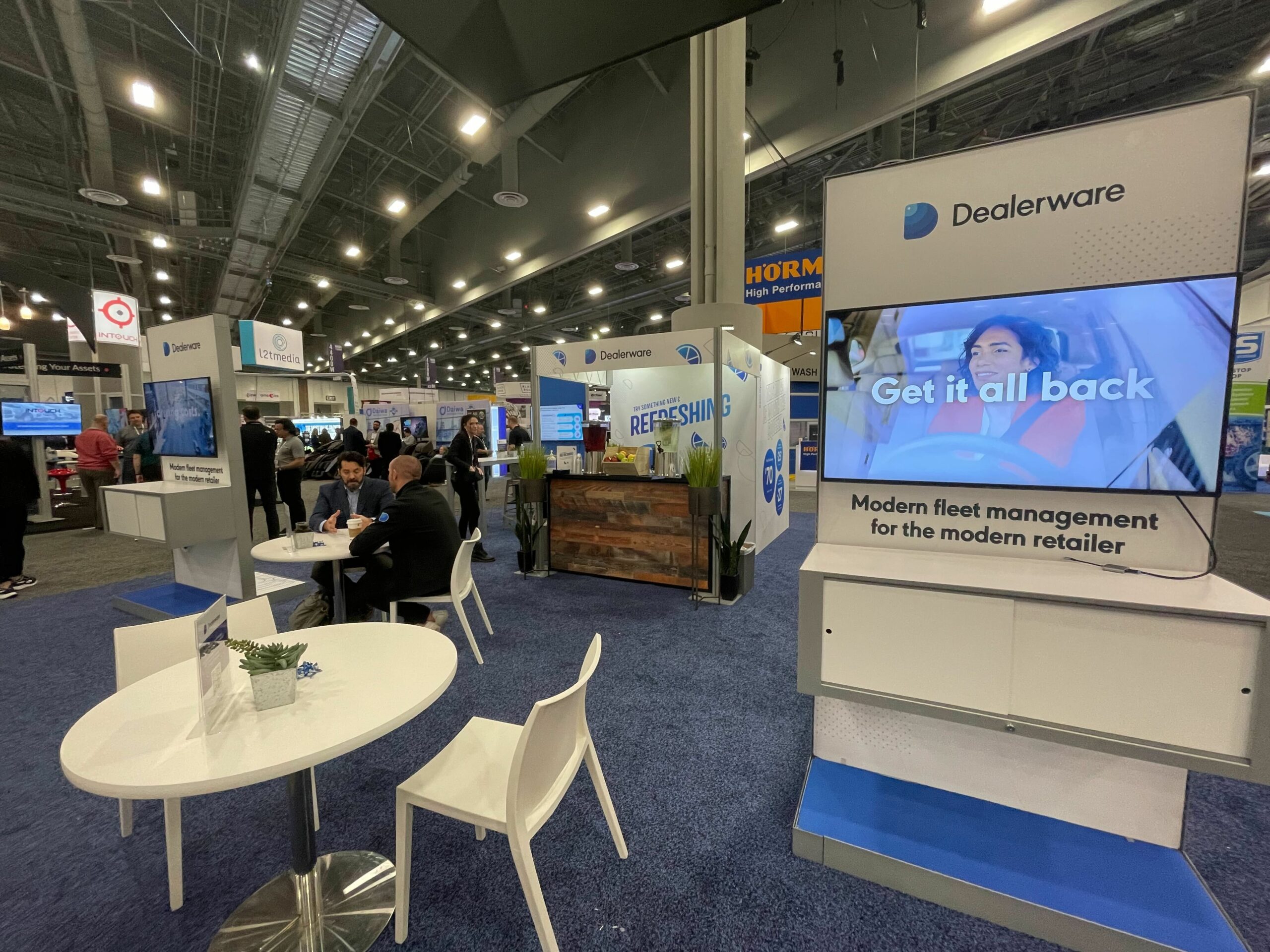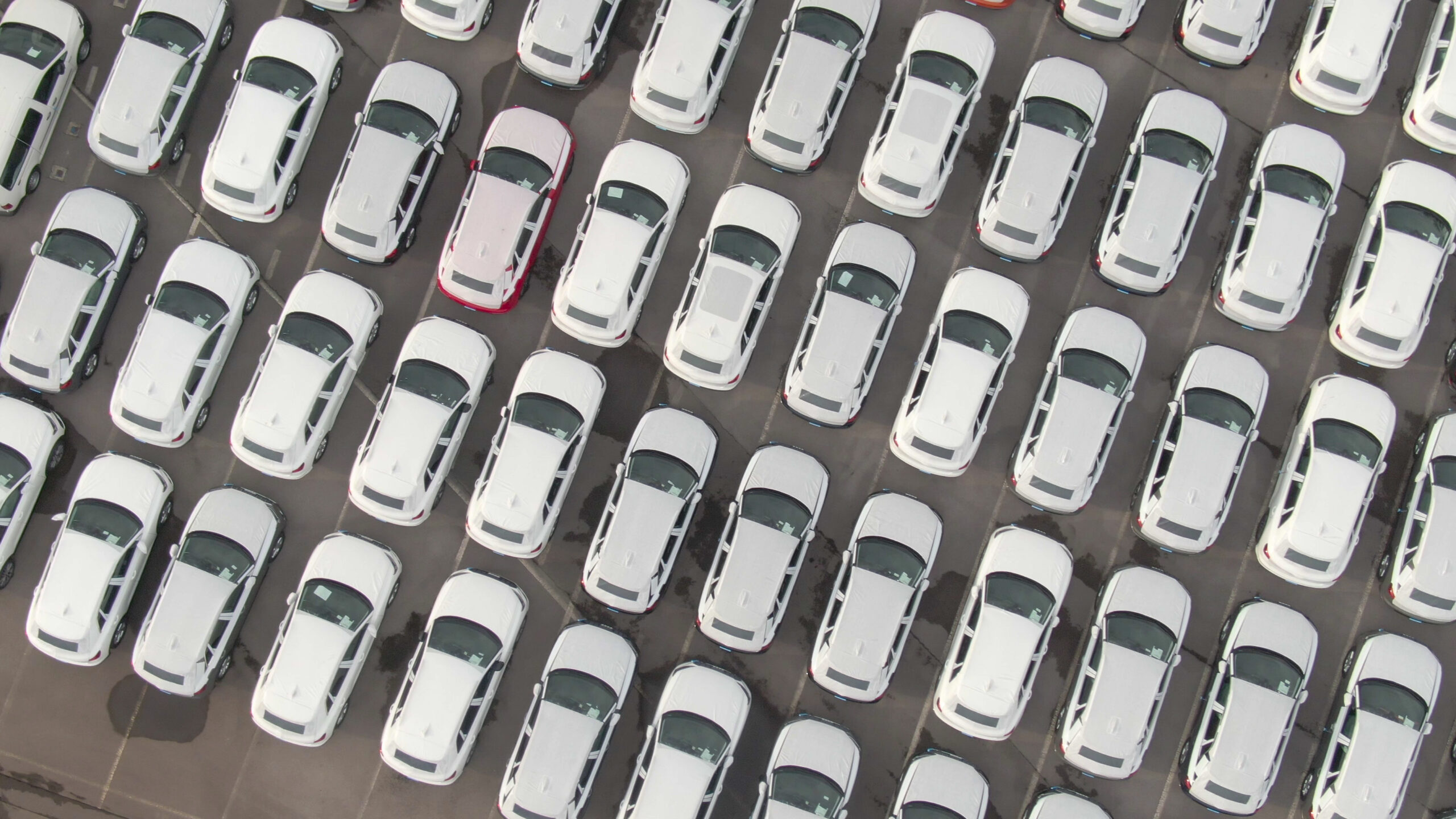I’m Russ Lemmer. I run a company called Dealerware. We are modern fleet management for the modern retailer, and simply, we help dealers become more profitable.
Today we’re going to talk about no ones favorite topic which is service loaners. What does that look like today and what should that look like tomorrow with respect to both fixed ops and the dealership?
Let’s set the table here. It doesn’t really matter how innovate you are or how progressive you are from a dealership perspective, we see across the country that managing service loaners in-house is a crushing cost burden.
We look at Steve Pierce, director of fixed ops for Sewell Automotive, fleets going up by 15-20%, not so bad. The cost to manage these programs with these fleets has more than doubled.
Well, why is that? When dealers look at managing service loaners, this is typically what they see. They see a frustrating puzzle that’s a lot of times more fun to put down and ignore than it is to take action because many times when we take action we’re no closer to getting the result that we want. There are lots of moving parts to this.
Today’s loaner programs typically are cumbersome. There are long lines for customers. There are loaners desks that look like airport car rental of the 1980’s that we ask customers to go wait it. These are 15-20, as much as 28 minutes per transaction. And they’re paper-based. They are manually processed. They lead to mistakes. They’re tedious.
They are riddled with complexity. Right now you have these ever-growing fleets, it could be 40, it could be 60, we manage fleets at a single dealership as high as 530 vehicles. That’s crazy. If you think about these vehicles in and of themselves they don’t really talk to a system, you ask yourself everyday “What’s going on with these vehicles? Which ones are ready? Which ones are out? Which ones need to be washed? Which ones need to be refueled? Where are my cars?”
Modern retailers as they’ve grown no longer have that single-sourced lot. They actually manage two, three, four, five different lots, stuffing VINs wherever they possibly can. So, knowing where these cars are at any given time is actually a challenge.
Once you put a customer in that car, how do you manage the tolls? They’re blowing through toll roads. The toll authorities themselves are actually getting more pressing because the violations are going up in cost and quantity. How do they bill those back to customers? Do they just have to eat those?
And then simply, “How do I get my customer to pay for gas? I would love to not lose $6-8 per contract simple because I don’t know how to process that in an efficient way.”
You put those two together and you get a lot of confusion. “Do I have the right sized fleet? Do I have the right sized staff? What are the KPI’s I should be measuring? What are the best-in-class? What are just average?”
All those together create costs, not surprisingly. But it doesn’t have to be that way. With the right tools and the right approach we can actually solve the loaner puzzle itself.
We turn those three pain points into three empowerment points and we simplify. It’s about customers, it’s about cars, and it’s about contracts. We pull those loaner desks out of the actual dealers. We put everything into a digital process. We make it seamless.
The cars themselves are connected. They tell us how much fuel they have, what their current mileage is, and in fact, where they are. Are they on your lot? Are they on your secondary lot? Are they in your customer’s driveway five miles away? It allows you to manage much more efficiently.
And the contracts themselves. We’ve reduced the time it takes to put somebody in a car by over 90%. It typically takes us about a minute to digitally credential all these customers.
When you pull that amount of man-hours, that amount of waste out of a system, you inevitably capture savings. And that’s what it’s about for dealerships. Savings equal profits, and managing loaners, and that’s what we do.
But in the greater profit game, it’s not just about dealerships. In the bigger game it’s all about customer loyalty. It’s about the future. It’s about these customers that have modern expectations. They want you as a retailer to be part of their narrative. Their no longer to be a part of your narrative. They want seamless transactions. Right, they have their modern expectations. They want digital experiences and they want things to be transparent.
The OEM, they want to promise these things to that customer. They want to build and engender this loyalty. They want digital transformation. They want seamlessness. They want things to be customer-centric and they want to empower their dealers with things like fleet management tools so that the dealer can deliver to these customers exactly what they want but it’s got to be on the dealer’s terms.
They need to be able to be profitable. They need to be efficient. And they need to maintain, if not increase, CSI.
One of the words in our industry that we talk about a lot, and it does relate to service loaners, is the greater word of mobility. And I think that mobility is somewhat nebulously defined I think for any of us, but as we think about the practical applications or the use cases, those become pretty tangible.
If we look at how service loaners fit into the mobility ecosystem today, they are the first real and most meaningful instance of your mobility program. They are the tip of the iceberg. To maybe use another metaphor, they are the canary in the coalmine. If you identify with that rubix cube at the beginning when it comes to managing these loaner fleets, there’s a real good possibility that the mobility programs of tomorrow, whether they be unchaperoned test drives all the way to subscriptions or managing autonomous fleets, could eat you alive.
And when we look at fleet management, and we look at all the competencies required to not only deliver service loaner programs but the future of mobility, we start to see that there’s lots of tools that we need to be able to manage these fleets more effectively.
This is modern fleet management and if we can’t do service loaners right, there’s no way in the world we’ll be able to do mobility right.
So you put those two together, future of service loaners, today and tomorrow, it’s about profit levers. We just talked about that in the last section. Ninety thousand dollars a year they’ve put back in. That’s not surprising. In fact, we see about $100,000 per year in cash savings. We’re pulling 15, even 20%, of the fleet units out of our customer’s fleets.
You take Audi Plano, for example, saving about $100,000 a year. McDonald Automotive in Denver, saving more than $300,000 a year. Even Hennessy Automotive Group right here in Atlanta, saving six figures a year.
So, the savings are real. The profits are real. It’s just about having the right tools to manage a better program.
And having those tools then enables you to manage for the future of mobility. It’s about having that technology and service backbone that can power those different use cases.
So, profits, really how do we get there? Well, it’s really three things. The first is those immediate cost savings. Seamlessly bill for fuel, for tolls, for any violations, for any citations. Make that one-click charging for your customers so they don’t have to worry about it. It’s not another RO invoice that needs to be generated for them to pay.
Maximize the efficiency of your program. Get the most out of your people. Get the most out of your fleet. Pull some of those man hours out. Pull some of those unnecessary fleet cars out, capture those savings, and then deliver that best-in-class digital experience.
Why do things have to be paper-based? Why do they have to be initialed and signed in triplicate on carbon copies when they can all be digital and sent via text message. Give these customers the experience they want and we promise they’ll come back for the greater game of profitability.
A customer that has a good experience will undoubtedly spend more and they’ll do it more often at your dealership and that’s ultimately what we’re after.
Thank you. That’s Dealerware. That’s the service loaners today and where we see the future of that competency going for tomorrow.









